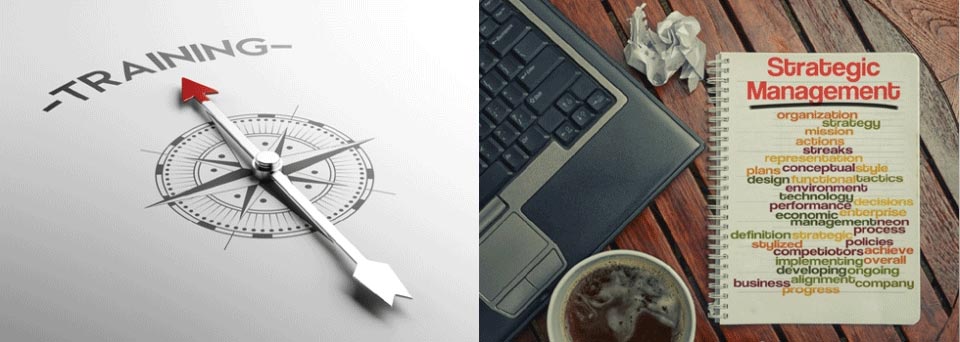Date: 14th July, 2015-Webinar Benchmarks Report
Forum: http://www.marketingprofs.com/
Key Speakers: Mr. Mark Bornstein, Senior Director- Content Marketing at ON24
This write-up will explore the various facts discussed during the webinar and key conclusions that emerged. The objective of this webinar was to discuss important patterns that have been identified in webinars that are usually conducted and how they can be benchmarked to provide better results and aid in corporate training.
Premise
Number of webinars being conducted has been steadily rising and growth has been particularly concentrated over the last 5 years. Beyond lead generation through digital marketing, webinars serve the purpose of engaging users. Case studies and whitepapers are very often downloaded post these events to learn further on the topic discussed about. It is particularly popular at bottom of the funnel in terms of marketing. This is especially true for positioning software.
Stages
Webinars can further be divided into 3 stages around which the hosts need to strategize. They are as follows:
$1· Pre- event
$1· During event
$1· Post- event
Pre- Webinar
This phase is most critical for the marketing of the event. The following table will explain the time period for registrations to occur based on when the same was opened up for the webinar:
|
Number of days prior to Webinar registrations opened to public |
Percentage of Total Registrations |
|
21 + |
14 |
|
7-21 |
22 |
|
1-7 |
29 |
|
Day itself |
22 |
The data has been derived from marketing research conducted. It has thrown up some key observations:
$1· Longer registration period serves positive marketing purpose
$1· Promotions emails must be included as integral component of the marketing
$1· On days when such mails aren’t sent, immediate next day witnesses deluge of registrations
$1· Most webinars are for B2B purpose
$1· Tues, Wednesday and Thursday have been proven to be the best days to drop promotional e-mails.
$1· Wednesday and Thursday are best days to conduct a webinar marginally above Tuesday
$1· One sure way to improve live attendees to registrants’ ratio to ensure reminder on calendar; the figure stands at 43% presently.
$1· Some webinars have seen improved ratio due to them being compulsory or trade events for them, so this may skew figure, but otherwise improvements have been observed.
$1· Reminder mails shot out to registered candidates must be packaged similarly in appearance to the original invitation email as the user must be able to recall what prompted him/ her to register in the first place.
During Webinar
The speaker, who practices management consulting, has jotted down some observations useful for all webinar hosts. The following table will explain the best possible timings to conduct webinars and ensure healthy participation:
|
Timing |
Ideal for Percentage of Participants |
|
|
PST (Pacific Standard Time) |
IST (Indian Standard Time) |
|
|
8 am |
8: 30 pm |
10% |
|
9 am |
9: 30 pm |
13% |
|
10 am |
10: 30 pm |
18% |
|
11 am |
11: 30 pm |
24% |
|
12 noon |
12: 30 am |
17% |
Thus some useful conclusions emerge which are as follows:
$1· Early morning to office is busy schedule but just pre lunch is ideal; in addition pre lunch in Seattle is post lunch in New York and thus a more comfortable timing for both sides of the US.
$1· Webinars with more than 1000 participants has increased from a mere 1% of total to 9%
$1· This trend not just with large firms but also SMBs
$1· Average viewing time has increased from 38% in 2010 to 56% today; this is all the more remarkable as this era is defined by ‘snack-able’ content where even 15 second commercials are deemed too long
$1· Q & A is used as a tool to engage audiences
$1· Social media must be increased further especially Twitter; in case we do not provide social media option, then users may simply disappear to these virtual worlds instead of sharing content or posting about event which is desirable.
$1· 16.5 % of webinars include videos; some marketers are scared of technological uncertainties and this avoid videos but they must be included more often
Post- Webinar
This is a stage often ignored by marketers yet business research has provided ample proof for this part to be of great importance. Following are some key observations regarding this stage:
$1· Post event reflection necessary
$1· While majority of users still prefer live over pre-recorded, the latter is catching up
$1· Especially for video based webinars, pre-recorded can work to a treat
$1· Often ‘live’ events are not exactly live but pre-recorded yet not admitted
$1· 20.6 % on demand users and their average viewing time is 29 minutes
$1· 8.3 % of registered users who have already seen the event, attend yet again, mainly to jot down important points missed earlier.
$1· Post-finish, webinars must not be allowed to die; depends on how long content remains relevant
For further research, the speaker suggested us to visit Webinar academy website.
[csblink]



